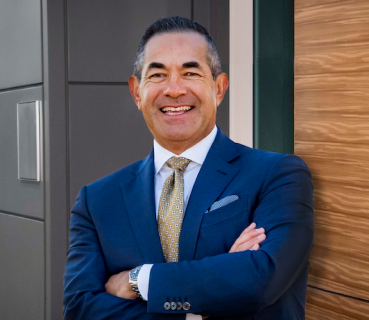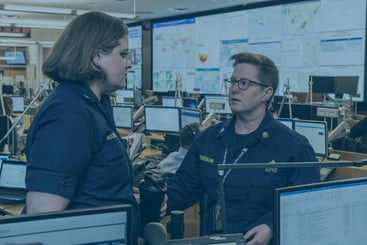Relevant Contents
Need Tailored Business Continuity Insights?
Contact Us Now for Personalized Guidance!
We have all been involved in long, drawn out BIA interviews that put everybody to sleep and / or make everyone cranky. At MHA, we have worked to develop a process that is the least invasive, achieves our objectives and takes the least amount of time to get the information our clients require to have a BIA that is consistent with industry best practices and standards.
Our BIA interview process requires the business unit to spend 1 to 1.5 hours on pre-work and 2.5 hours in the BIA interview. A total of 4 hours or less is all that is required from each business unit to complete a comprehensive BIA.
What keeps others from getting it done this way is simple, the process is made too difficult, lengthy and hard to understand.
- Create a questionnaire using MS Excel that can be easily manipulated, exported and does calculations. Our tool evaluates the responses and calculates RTOs and RPOs.
- Weight your dollar and non-dollar impact categories in order of priority to the organization to ensure business units cannot skew the prioritization.
- Only ask the minimum questions in your BIA questionnaire that you need such as department information, processes, computer systems, legal/regulatory, dependencies and vital records. Remember this is not the recovery plan!
- Ask the business units to complete 1 page pre-work information for you such as department information, peak times, business processes and computer systems.
- Pre-load completed pre-work into your questionnaire. This will greatly speed up the process.
- Use two people to complete the interview; one to facilitate and one to take the information from the interview.
- If you are not good at facilitating, find someone who is good at it.
- Create a script for the interview
- Don’t let the interviewees stray into minutia; you will lose focus and time.
After hundreds of these interviews, its now a repeatable process that can used at any type of client.
Remember, the BIA is designed to determine criticality and feed information to the recovery strategy phase; its not designed to collect all of the data for the recovery plan. What you want interviewees to say at that end is, “It wasn’t as bad as I thought it was and I learned alot!’.
About MHA: MHA Consulting, with its decade-long track record, is a proven leader in business continuity planning, disaster recovery planning, IT best practices and data center moves and relocations. Every day, MHA helps protect trillions of dollars of global-market assets and top companies around the world rely on MHA services for the continuity of their business. For more information on MHA, contact Michael Herrera at herrera at mha-it dot com or visit www.mha-it.com.

Michael Herrera
Michael Herrera is the Chief Executive Officer (CEO) of MHA. In his role, Michael provides global leadership to the entire set of industry practices and horizontal capabilities within MHA. Under his leadership, MHA has become a leading provider of Business Continuity and Disaster Recovery services to organizations on a global level. He is also the founder of BCMMETRICS, a leading cloud based tool designed to assess business continuity compliance and residual risk. Michael is a well-known and sought after speaker on Business Continuity issues at local and national contingency planner chapter meetings and conferences. Prior to founding MHA, he was a Regional VP for Bank of America, where he was responsible for Business Continuity across the southwest region.


